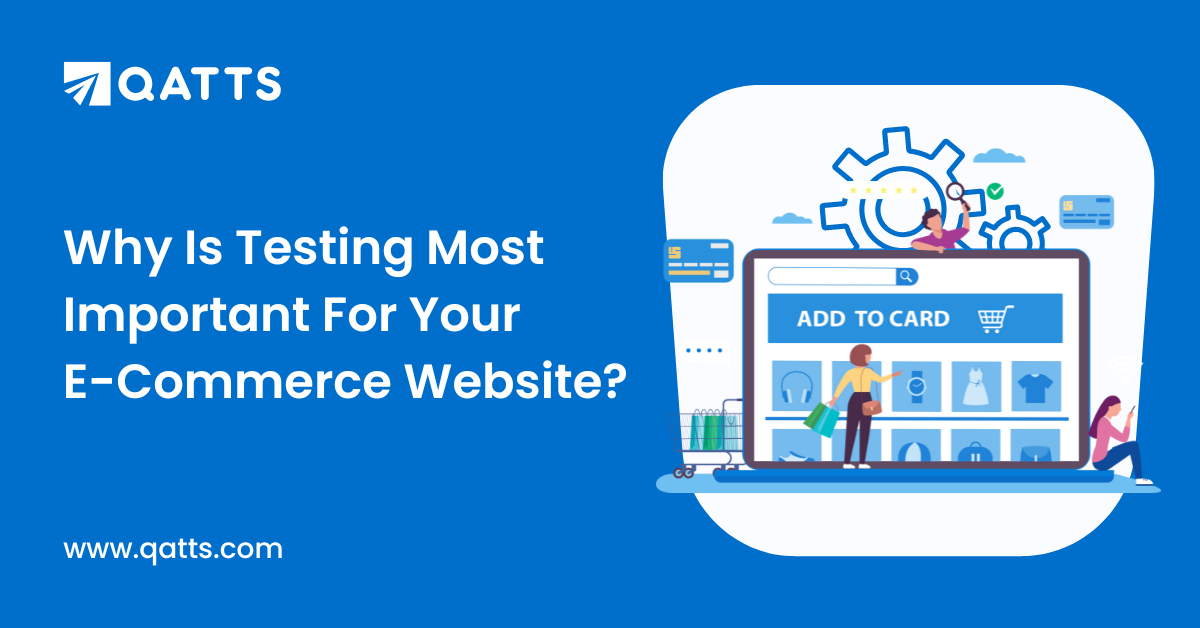
Mobile apps are designed to make business operations and services more accessible to everyone across the world. And businesses must ensure that they are optimized and future-ready for modern smartphones.
This can be achieved only when we perform mobile app testing pre and post-development of the application and it should be done continuously. If mobile apps are not fully tested, there is a considerable risk of users or customers experiencing critical flaws on their devices, which may result in a negative UX.
Remember!
A seamless and easy-to-use mobile app is crucial to the success of any business. Any unanticipated app breakdown or functionality flaw can lead to more uninstalls resulting in loss of customers, revenue, and business. So, quality assurance testing is mandatory.
What do you need to test in a mobile app?
Here is the quick checklist for mobile app testing in 2022.
Are you ready?
Read on.
- Strategic Automation
- Selection of Frameworks
- Platform considerations
- List of required testing
- Accessibility testing
- Functional testing
- Performance testing
- Compatibility testing
- Usability testing
- Security testing
I. Strategic Automation: Manual or Automation or both?
It depends on several factors.
Though test automation is used to minimize the test execution time and speed up product cycles, Manual testing should not be overlooked.
We can’t rely on a single testing method between the two as both offers great advantages and testing accuracy.
It is recommended to use the combination of these two testing methodologies.
Choose automation testing for functional tests, unit tests, regression testing (repetitive tasks), continuous testing, and integration tests. And opt for manual testing for the test that does not run regularly or change frequently.
II. Selection of Frameworks
We have various frameworks and automation testing tools for test automation. Here is the list of some top test automation tools or frameworks.
- QATTS: For both Android and iOS apps
- Appium: For both iOS and Android apps
- Espresso: For Android apps
- XCUITest: For iOS apps
- Quantum: It is a Behavior Driven Development (BDD) testing framework that is used for both mobile and website testing.
III. Platform Considerations: Real or Virtual devices?
It is best to test on virtual devices such as Simulators and Emulators at the early stages of the development and then test on real devices for end-to-end UI testing.
Use the blend of real and virtual devices. It offers you the best of both worlds – Real devices find more bugs than virtual and virtual devices test faster than real devices. Also, virtual platforms are used to shift testing left.
IV. List of required testing:
- Accessibility testing for creating a good UX
If any entrepreneur wants to provide any service, their first motto will be accessibility i.e. it should be used by all the people irrespective of demographics. So, for your mobile app, you should test whether an app will work for everyone (including users with certain disabilities) or not.
What do we check with mobile accessibility testing?
Perceivable, Operable, Understandable information in the UI and the Robust content. Also, UI elements such as
- Colour ratio (between text and background) and contrast
- Zoom In/Out
- Font size
- Screen magnification and screen reader compatibility
- Speech recognition
- labels such as VoiceOver or TalkBack features
- Text colour contrast
- Functional Testing:
The process of validating the functionality of a software application is known as functional testing. It ensures that it accomplishes exactly what it is expected to do based on product requirements or user stories.
What do we check with mobile functional testing?
- Features
- Biometrics
- Functions such as screen resolution, camera, and geolocation.
- App’s effect on the battery of various devices
- Message and call buttons
- Push Notifications
- Opening, closing, and resuming of the app
- Memory used by the mobile app.
- Performance testing
This testing ensures your apps’ functions work properly under various conditions and levels of traffic. It ensures the stability, speed, and scalability of the mobile app.
What do we check with mobile performance testing?
- Load/stress levels of traffic
- CPU utilization of your mobile app
- Time to install, launch, and uninstall the app
- Apps’ performance when the battery is low and varying network conditions such as ideal network conditions, poor connectivity, changing network while moving, dead zones, switching between 2G, 3G, 4G, and 5G.
- Real user conditions
- Compatibility testing
It tests whether your app works under different configurations or not. That means it tests your app against different devices, operating systems, its various versions or generations, and browsers.
What do we check with mobile compatibility testing?
- Screen size and resolution
- Apps performance across various devices
- Device and OS-specific features
- Changes in the user interface
- Device capabilities and viewports
- Usability testing
Usability testing focuses on the appearance, feel (user-friendly), and ease of use (intuitive) of your mobile application.
What do we check with mobile usability testing?
- Screen recording
- Testing the mobile app when screen orientation is changing
- Testing the navigation and mobile menu of the app
- Testing visual feedback of the user interaction
- Security testing
Security has always been a top priority for businesses. Security testing ensures the company’s and customers’ personal, confidential, and sensitive information remain safe. It assists you in protecting your company from security vulnerabilities, fraud, or loss.
What do we check with mobile security testing?
- Enforce strong two-factor authentication.
- Biometrics (Fingerprint and face ID).
- Apps data storage and sensitive information.
- Encryption of information stored on the device.
Try Mobile App Testing With Us!
- Qatts, as a tool, offers all software testing features such as cloud testing, API testing, data-driven testing, web testing, mobile testing under one roof.
- We provide cloud-based and low-code test automation solutions tailored for every need.
- Our team of QA professionals are adept at implementing all types of tests and work hand-in-hand to maintain the app’s quality and performance continuously.
Conclusion:
High-quality mobile testing is crucial for a business’s success. Hope, you will be benefited from the checklist information mentioned above. Follow the checklist and prepare a strong testing strategy and reap profits.


